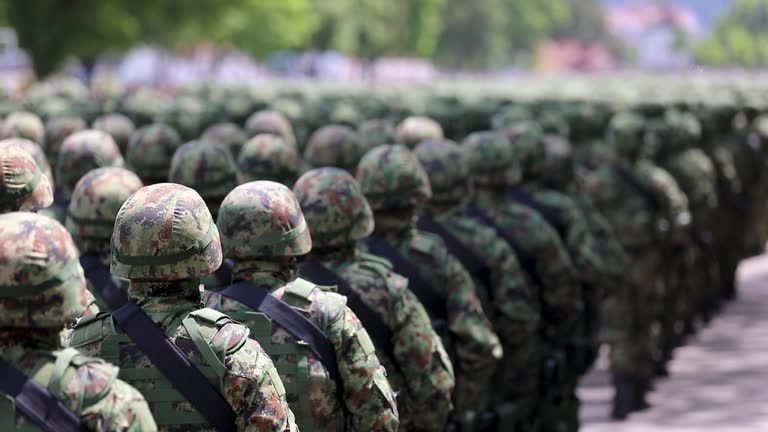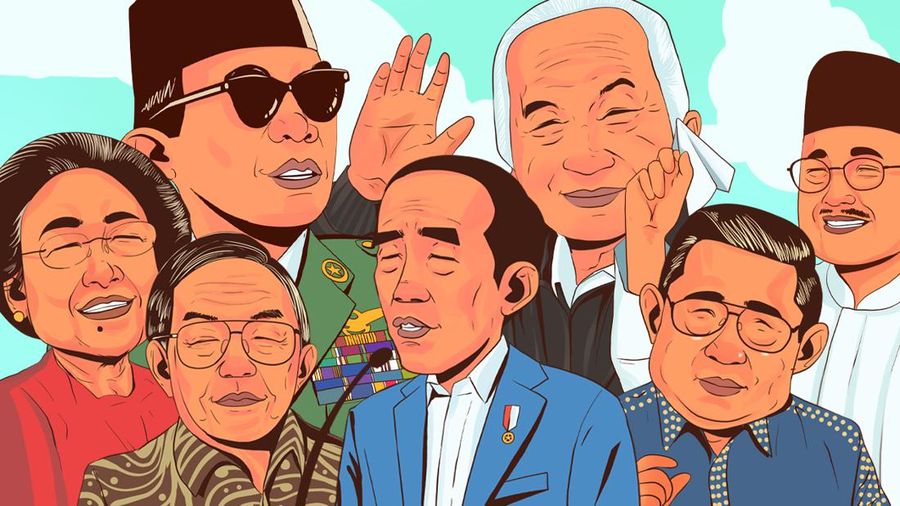Dhaka, Bangladesh – The Bay of Bengal has become the stage for a brewing geopolitical confrontation, with the proposed Rakhine Corridor thrusting Bangladesh into the center of a storm involving the United States, China, and India. While presented as a humanitarian lifeline for millions facing famine and conflict in northern Rakhine, the corridor carries undertones of strategic maneuvering that could redefine power balances across South and Southeast Asia.
At first glance, the proposal backed by the UN, the U.S., and Bangladesh appears rooted in altruism. Yet, military insiders and regional analysts warn that it is far more than a conduit for aid. Bangladesh Army Chief General Waqar-uz-Zaman denounced the plan as a “bloody corridor,” voicing fears that Western intelligence operations could piggyback on the route, encircling China’s strategic assets and undermining Bangladesh’s sovereignty.
For the United States, the corridor represents an opportunity to embed influence along a crucial maritime artery that links the Bay of Bengal to Southeast Asia. For Beijing, however, it is a direct threat to the China–Myanmar Economic Corridor (CMEC) and the soon-to-open Kyaukphyu port, a key bypass to the Strait of Malacca. Any encroachment into Rakhine is thus seen as a red line for Chinese security planners.
India’s stance is more nuanced. While officially aligned with Washington, New Delhi quietly shares Beijing’s concerns. The Kaladan project and its strategic northeast demand stability, not Western encroachment. Reports of informal Indian contacts with the Arakan Army (AA) suggest Delhi is hedging its bets, prepared to engage with non-state actors to secure its frontier interests while tacitly aligning with Bangladesh’s military opposition to the corridor.
The Arakan Army, now controlling nearly 90 percent of Rakhine State, stands to gain legitimacy if aid flows through its territory. This scenario alarms not only Myanmar’s junta but also its neighbors, who fear the rise of a quasi-state actor empowered by foreign aid and external recognition. For Dhaka, such a shift risks dragging the nation into a proxy conflict it cannot afford.
General Waqar draws historical parallels to the 1980s U.S.-Pakistan nexus, when aid to Afghan mujahideen sowed decades of instability. His warning underscores a broader anxiety: that the corridor is not a bridge of relief, but a replay of old playbooks where humanitarian pretexts masked geopolitical encirclement.
In the coming months, Bangladesh’s policy choice will be decisive. Should it acquiesce to U.S. pressure, it risks alienating China and destabilizing ties with India. If it resists, it may find itself tethered more closely to Beijing and New Delhi, curbing its autonomy but avoiding entanglement in a larger strategic contest.
The Rakhine Corridor has thus evolved from an aid route into a litmus test of great power rivalry. It is not only about famine relief or border logistics, but about whose influence defines the Bay of Bengal. Whether it becomes a humanitarian bridge or a Trojan horse for superpower ambitions, its consequences will shape the region’s order for decades to come.






